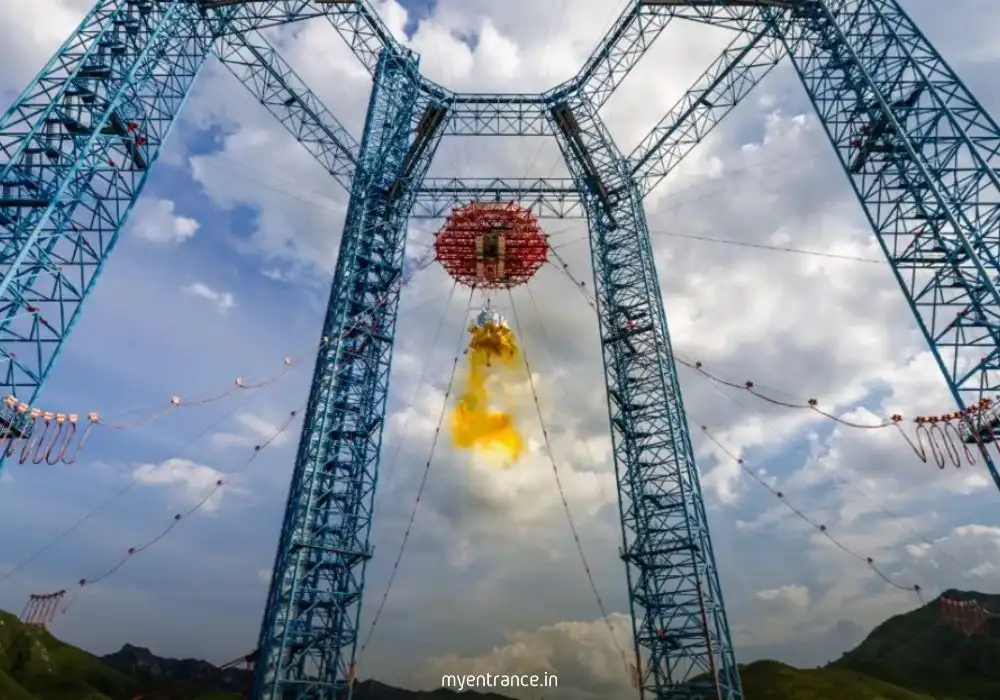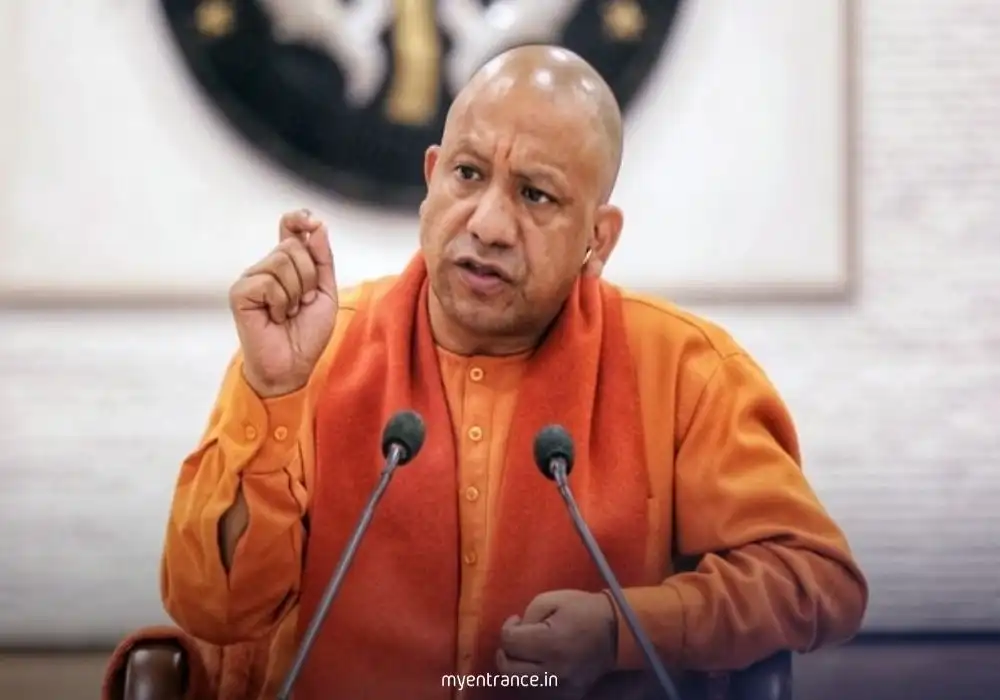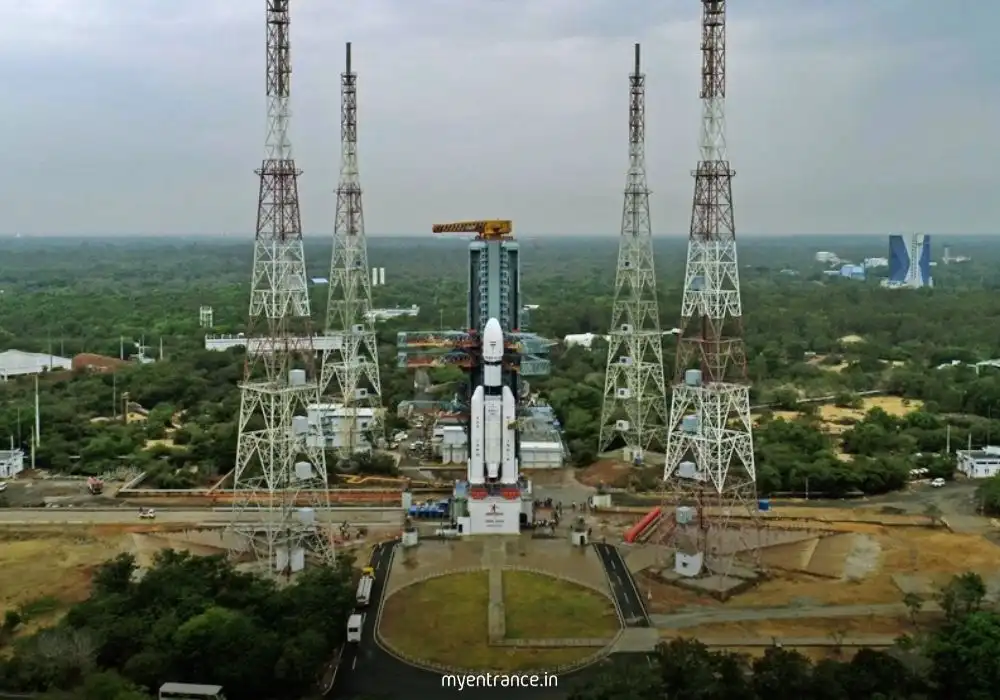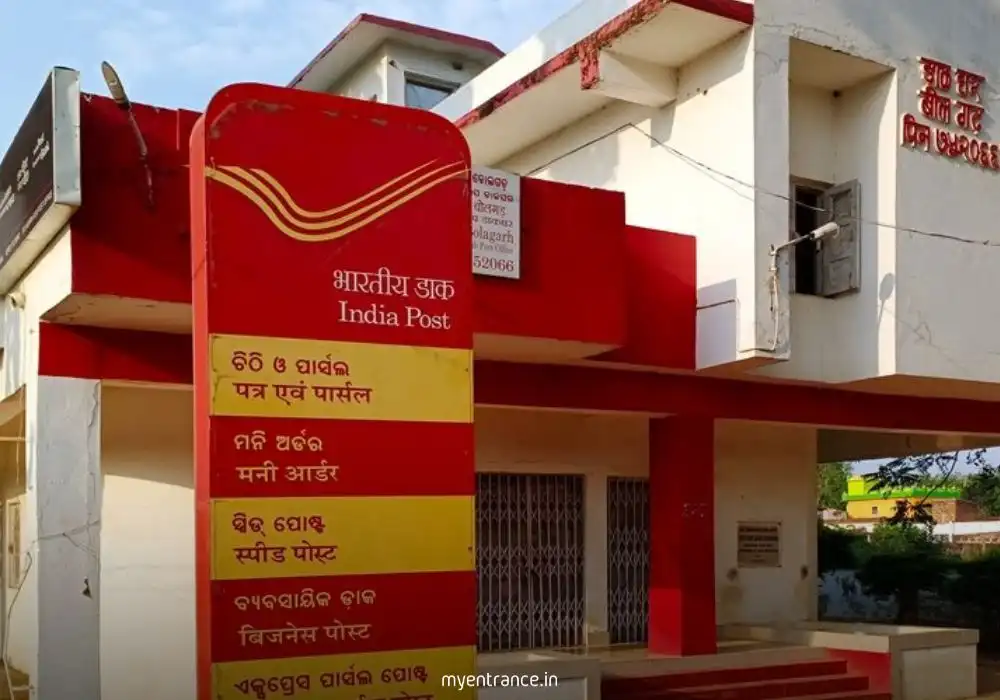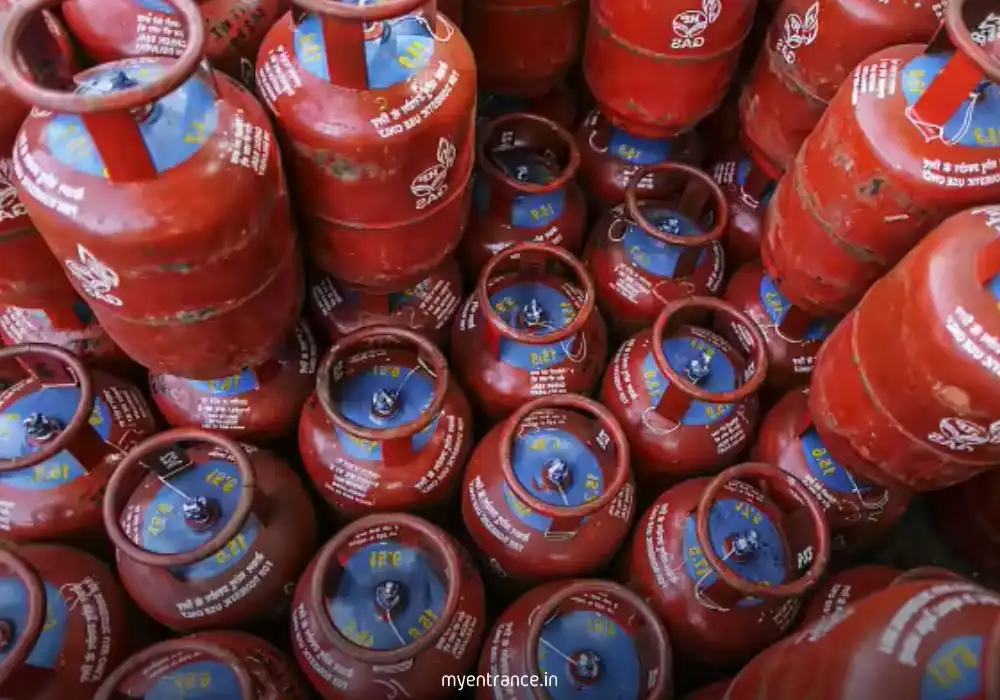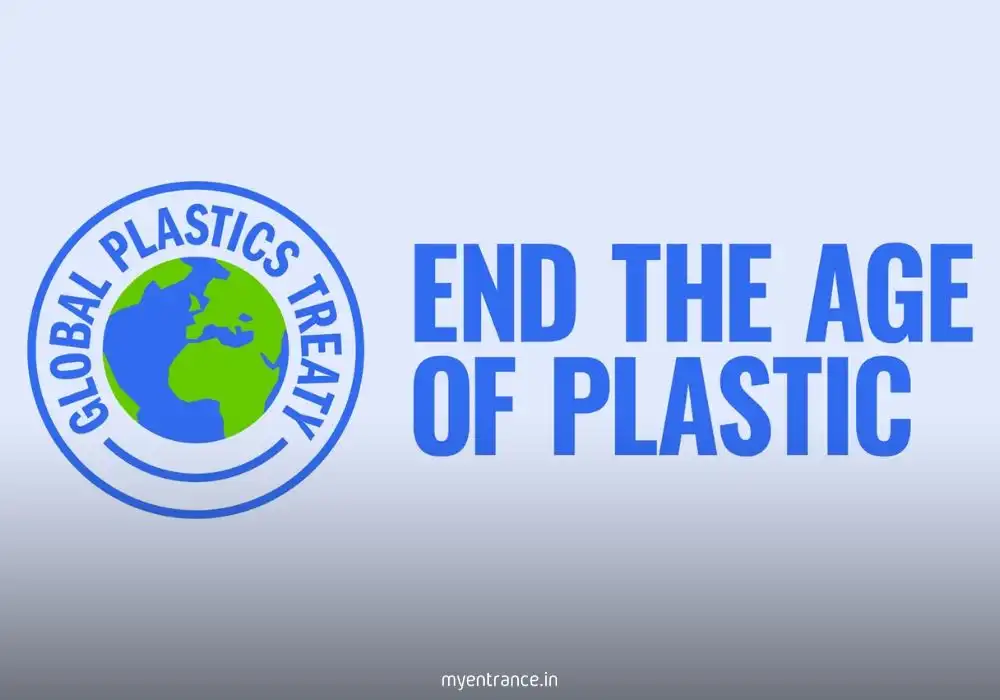Translate Language
Unlocking $200 Billion: NITI Aayog’s Bold Plan for EVs – “Soft Mandates” Explained for Aspirants
India’s ambitious electric vehicle (EV) targets face headwinds as adoption lags behind global leaders. In a crucial intervention, NITI Aayog’s latest report proposes a strategic pivot: introducing “soft mandates” to accelerate the shift. Understanding this policy evolution is vital for competitive exam aspirants tackling Infrastructure, Environment, and Current Affairs sections.
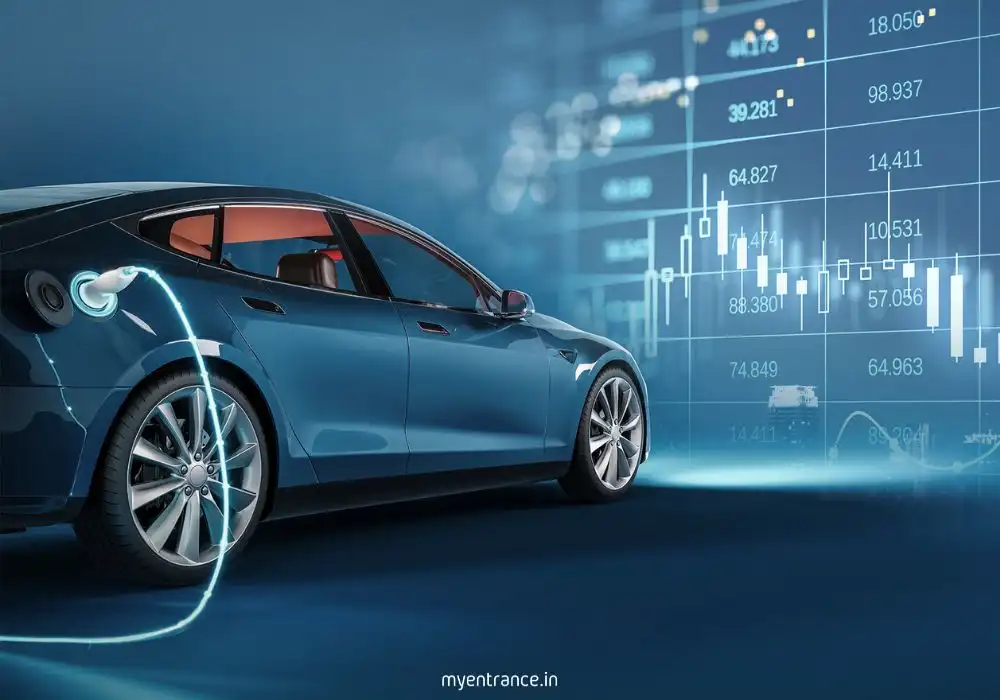
The Story: NITI Aayog’s Prescription for Faster EV Adoption
Let’s cut through the noise on India’s EV journey. While government incentives like FAME gave the initial push, progress is plateauing. The hard truth, as highlighted in NITI Aayog’s report “Unlocking a $200 Billion Opportunity: Electric Vehicles in India”, is that relying solely on incentives won’t get us to the national goal of 30% EV sales by 2030. Our current penetration (around 7.6%) trails significantly behind the global average (~17%), the US, EU, and especially China.
So, what’s the proposed remedy? “Soft Mandates.” Think of this as a calibrated nudge, stronger than an incentive but not an outright ban – yet. The core idea is to require certain segments to transition towards EVs, starting gently but potentially becoming stricter over time. Why this shift?
Signalling the Market: Pure incentives send a positive signal, but mandates send an unequivocal one. They tell manufacturers and fleet operators that the future is electric, driving investment, production, and infrastructure development with more certainty.
Focusing on High-Impact Segments: NITI Aayog smartly recommends targeting areas where government influence is strongest and impact is highest:
Government Fleets: Leading by example, creating a ready market.
Public Buses: High visibility, high usage, directly impacts urban pollution.
Freight Vehicles (Trucks): Though penetration is minuscule (0.07%), this segment contributes massively to emissions and fuel consumption. Mandating even a portion can have a significant effect.
Creating Scale & Driving Down Costs: Mandating EVs for large fleets creates immediate volume, helping achieve economies of scale faster. This can make EVs cheaper for everyone sooner.
Complementing Incentives: Mandates don’t replace incentives; they work alongside them. Incentives make EVs attractive, mandates ensure a baseline demand.
The report is pragmatic. It acknowledges India’s progress (especially in 3-wheelers at 16% penetration) but stresses the urgency for a more assertive policy stance to bridge the gap with global benchmarks and unlock the massive economic and environmental opportunity.
Why is This Important for Exams (SSC, PSC, UPSC, KAS, etc.)?
This news isn’t just current affairs; it’s a potential policy turning point with deep exam relevance:
Syllabus Alignment: Directly fits GS-III (Infrastructure: Energy) for UPSC Mains and Current Events for Prelims across boards (SSC, PSC, KAS). Also touches upon Environment, Governance, and Economic Development.
Policy Evolution Analysis: Tests understanding of how policy instruments (incentives vs. mandates) evolve in response to real-world challenges and effectiveness.
Strategic Thinking: Evaluates the rationale behind targeting specific vehicle segments (govt, buses, freight) – a common question type.
Data Interpretation: The stark contrast between India’s EV penetration (7.6%) and global benchmarks (~17%) provides crucial data points for answers.
Future Trends: Signals the direction of India’s clean energy and sustainable transportation policy, a recurring theme.
NITI Aayog’s Role: Reinforces the think tank’s function in advising the government on strategic policy shifts.
Questions & Answers for Aspirants:
Q (Prelims Style): According to NITI Aayog’s recent report, what is the primary reason for proposing “soft mandates” for EV adoption in India?
A: The report finds that relying solely on incentive-driven policies (like FAME) is insufficient to achieve India’s 30% EV sales target by 2030, given the current slow adoption rate (7.6%) lagging behind global averages (~17%). Soft mandates are proposed as a necessary stronger signal to the market.
Q (Mains Style – GS III): Critically examine NITI Aayog’s recommendation of introducing “soft mandates” to boost Electric Vehicle adoption in India. What segments are prioritized and why?
A: NITI Aayog’s proposal for “soft mandates” stems from the recognition that pure incentives have yielded progress but insufficient momentum to meet 2030 targets. Mandates provide a clearer, long-term signal for industry investment and infrastructure development. Prioritizing segments leverages government influence and maximizes impact:
Government Fleets: Demonstrates commitment and creates immediate demand.
Public Buses: High visibility, reduces urban pollution significantly, operates on fixed routes easing charging infra.
Freight Vehicles: Though penetration is low (0.07%), mandates here target a major source of emissions and fuel imports, driving large-scale adoption benefits. This targeted approach is pragmatic but requires careful implementation to avoid market disruption.
Q (Mains Style – GS III): Compare India’s current Electric Vehicle penetration rates with global benchmarks as highlighted by NITI Aayog. What does this signify?
A: NITI Aayog notes India’s overall EV penetration is approximately 7.6%, significantly lower than the global average of around 17%. This gap underscores the challenge in achieving national targets and highlights the need for more robust policy interventions beyond incentives. While India leads in 3-wheeler EV adoption (16%), penetration in critical segments like cars (2%) and trucks (0.07%) remains very low, indicating specific areas needing focused policy action.
Q (Short Answer): Name the report by NITI Aayog that proposes “soft mandates” for EVs and state its key projected opportunity size.
A: The report is titled “Unlocking a $200 Billion Opportunity: Electric Vehicles in India”. It projects that effective EV adoption strategies can unlock a $200 billion economic opportunity for India.
Q (Analytical): What are the potential advantages of starting EV mandates with “soft” or “gentle” requirements that can be tightened over time?
A: Starting with “soft” mandates offers several advantages: It allows the industry (manufacturers, infrastructure providers) time to adjust capacity and investments gradually. It gives fleet operators (govt, bus services, freight) a clear transition path without immediate drastic disruption. It builds market confidence and demonstrates government commitment, encouraging broader adoption. This phased approach reduces implementation friction and allows for course correction based on early experience before stricter requirements kick in.
Get 3 Months Free Access for SSC, PSC, NIFT & NID
Boost your exam prep!
Use offer code WELCOME28 to get 3 months free subscription. Start preparing today!

